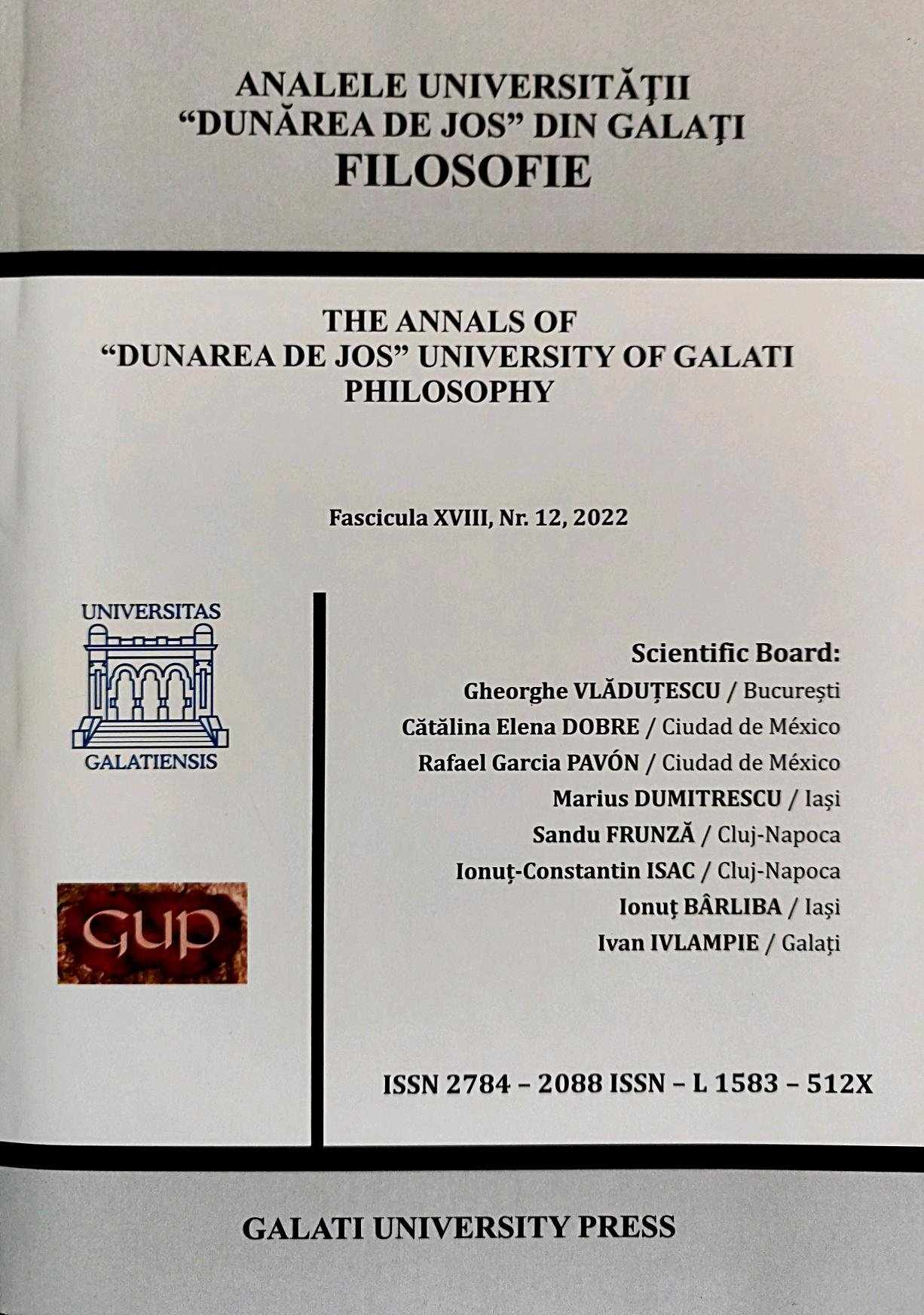Limbajul şi corpul cinematografului. Funcţia Chaplin şi aporiile lui Zenon
The Language and Body of Cinema. The Chaplin and Zenon Aporia Function
Author(s): Bogdan SilionSubject(s): Philosophy, Visual Arts, Aesthetics, Film / Cinema / Cinematography
Published by: Editura Universității „Dunărea de Jos”, Galați
Keywords: Language; Chaplin Function; Zenon Aporia; Cinematography; Image;
Summary/Abstract: Charles Spencer Chaplin has meant for cinematography, as much as, let’s say, Van Gogh for painting. Contemporary with the beginning of “the art of moving images”, the director, the producer, the composer and the actor Chaplin is the creator of the first cinema character, Charlot, the one who made the first movie viewers smile. Yet, beyond the aspects related to the aesthetics of the cinema and the emotions transmitted by the inhabitants of the shadows behind the screen, the movie brings about a language, a body, a brain. The Chaplin function represents the ontological, space-time coordinates around which the syntax of cinematography is building itself. Exactly like the aporia of Zenon, the Chaplin function talks to us about movement and the thought of the movement itself, the one which creates the illusion of cinematography. We consider that a study about the ontology of moving images cannot overpass the phenomenology of the corporality of the matter of the movie, set by the Great Mime, Charlie Chaplin. The hermeneutics of the cinematography language sends us back in time, to the one for whom things and objects are merely tools, which once introduced the world of Charlot, reached the point of acting like the objects of reasoning of Zenon, the eleatic. Welcome to Chaplin’s world, the perfect reply to our world!
Journal: Analele Universității „Dunărea de Jos” din Galați, Fascicula XVIII: Filosofie
- Issue Year: 2022
- Issue No: 12
- Page Range: 69-78
- Page Count: 10
- Language: Romanian

